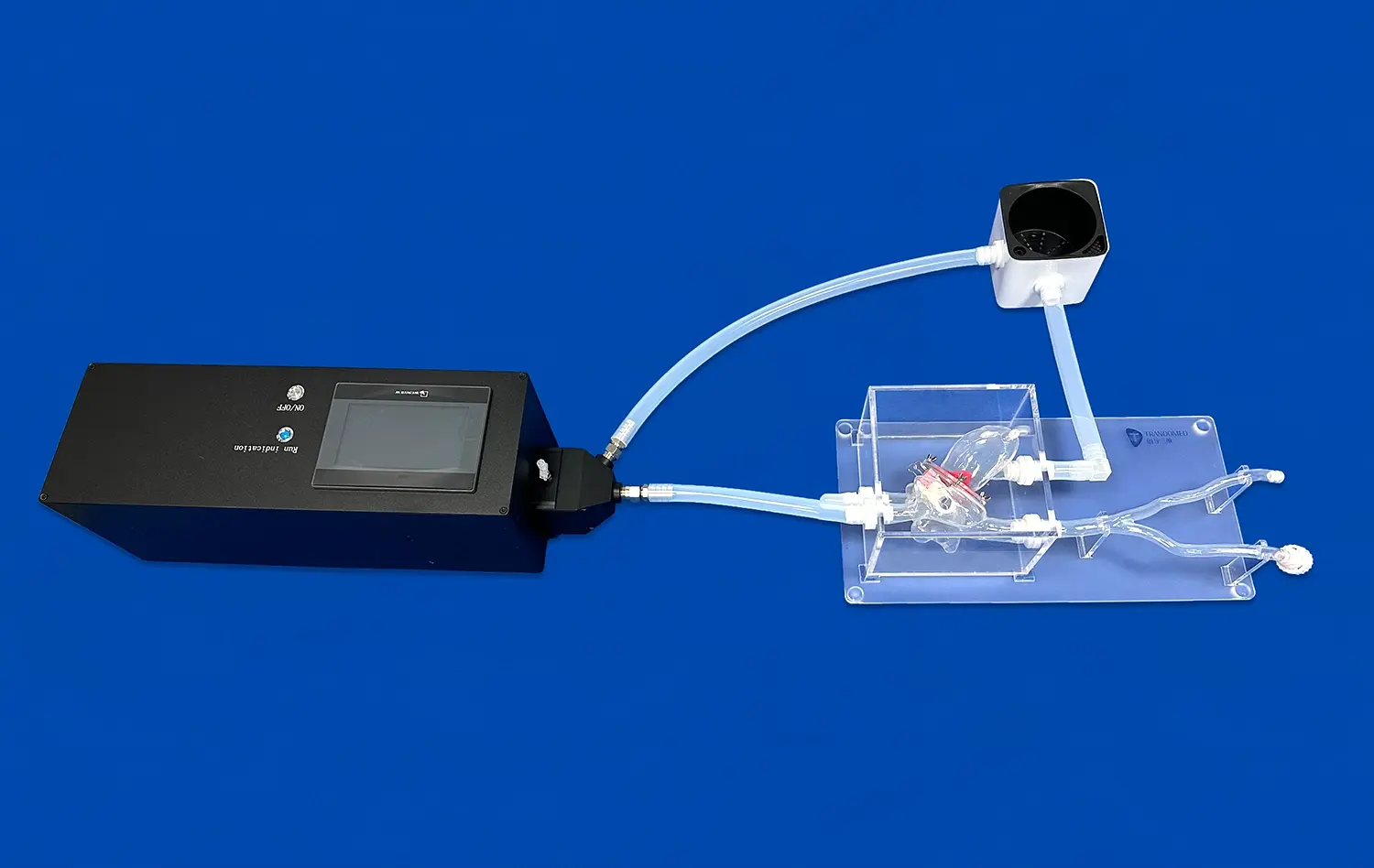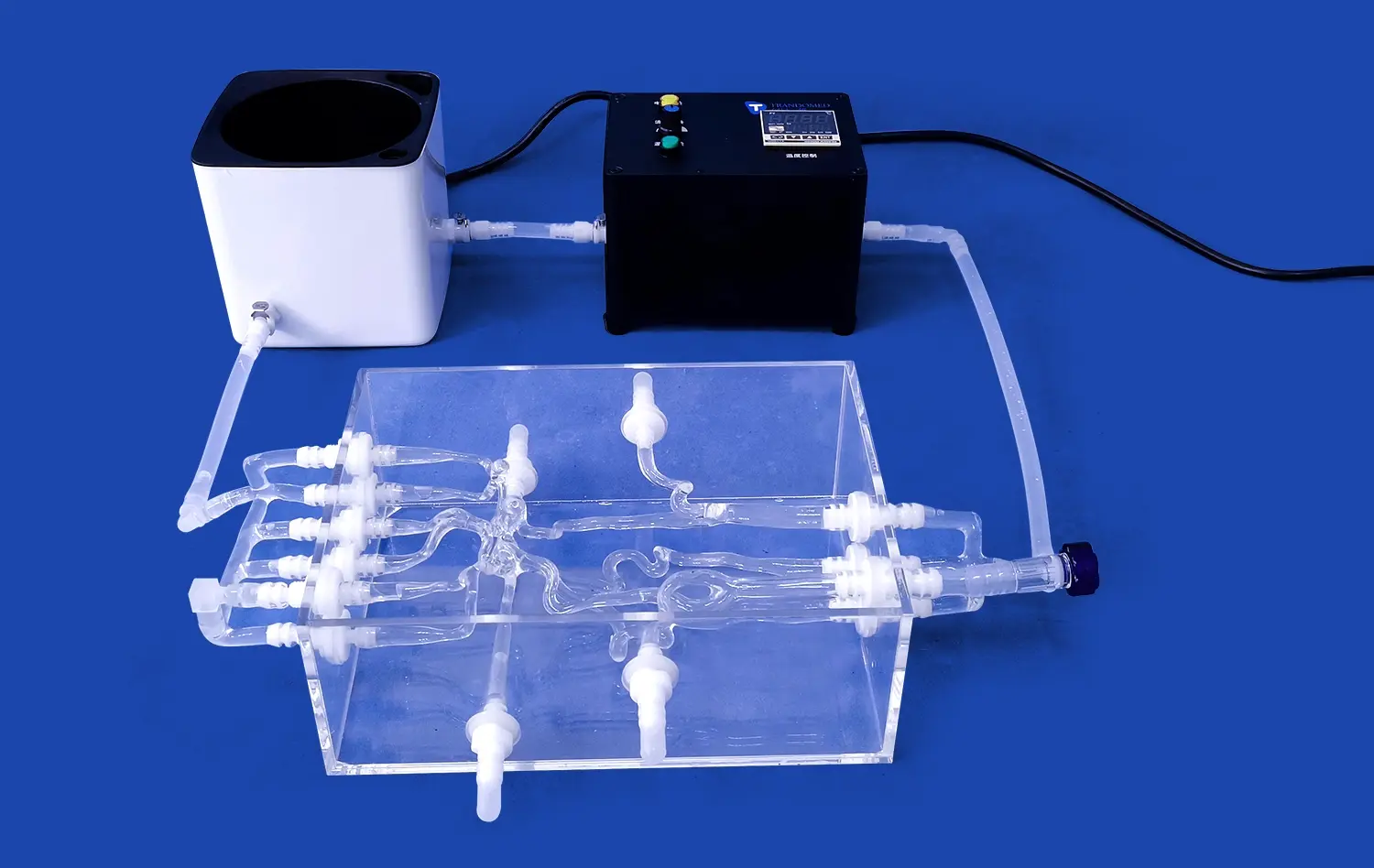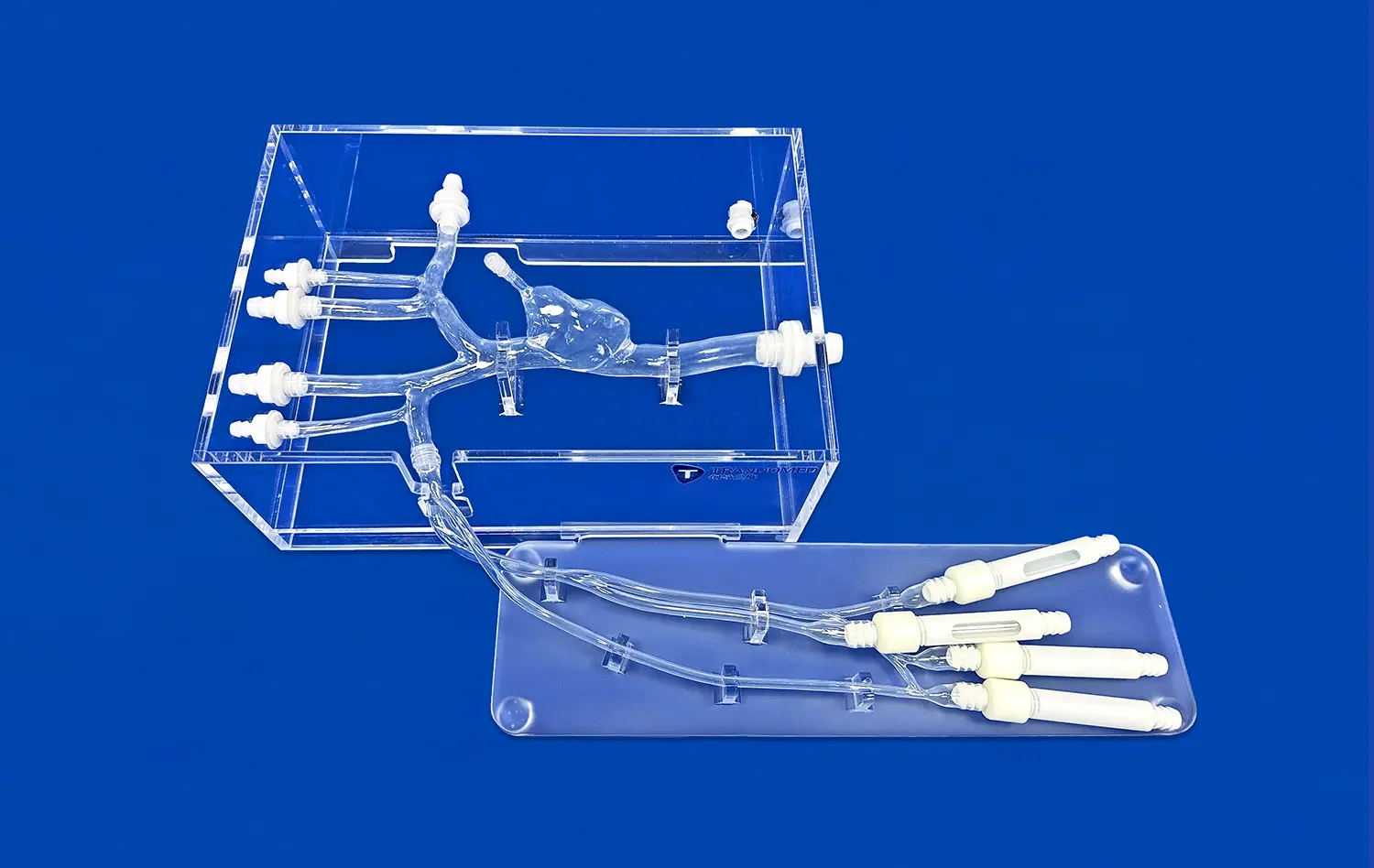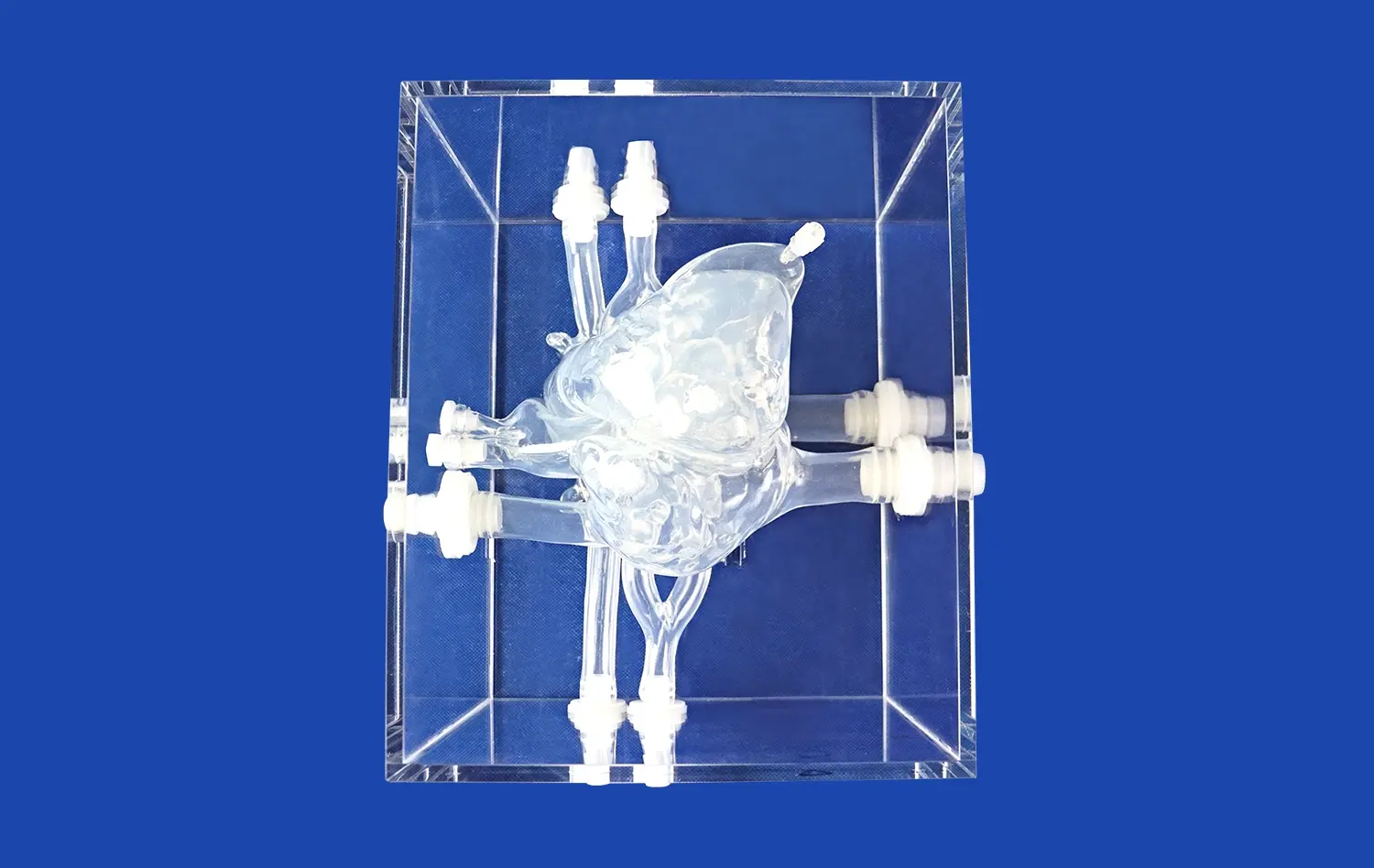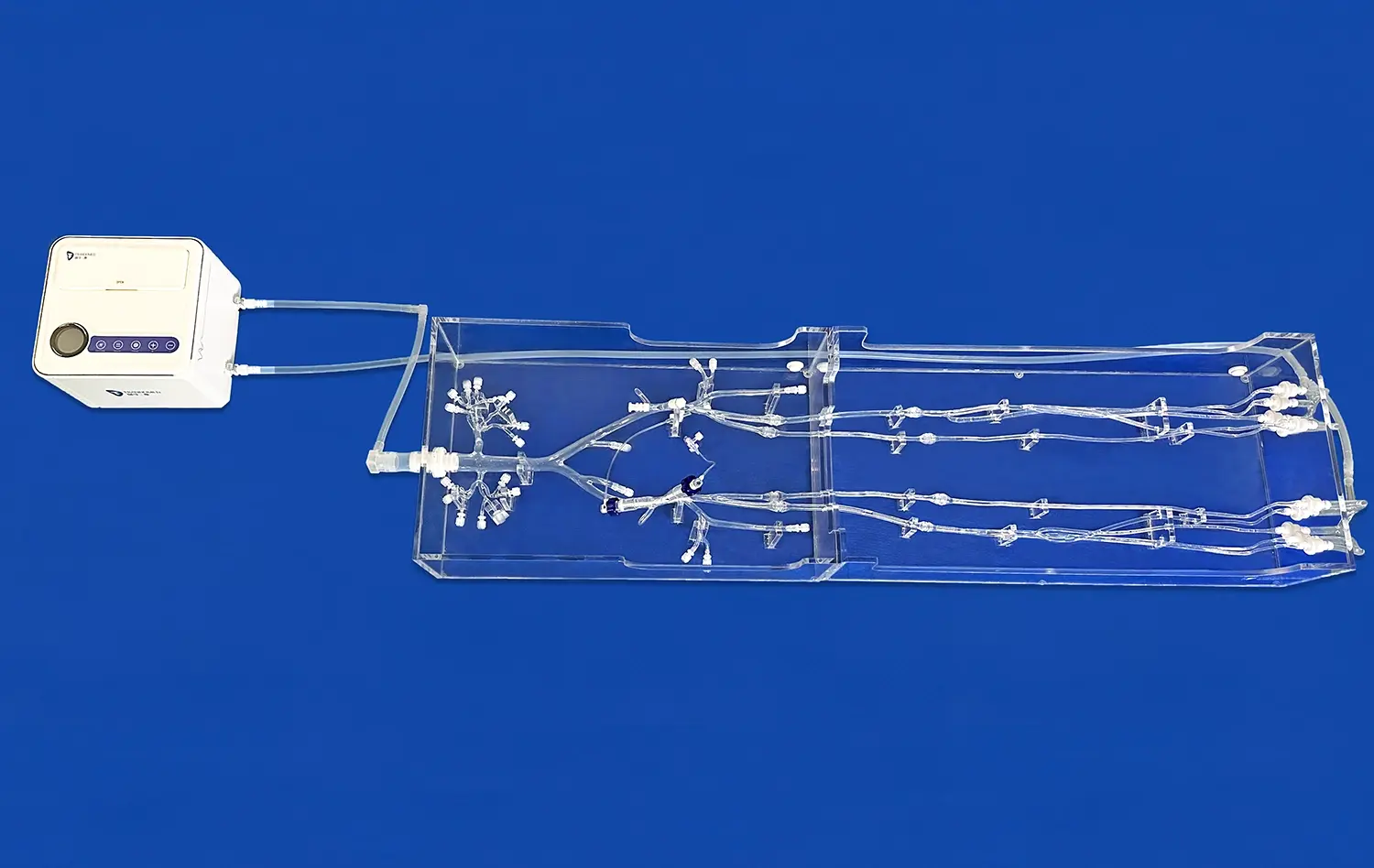The Role of Vertebral Artery Models in Assessing Risks of Stroke and Other Neurological Disorders
2024-12-11 09:14:12
Vertebral artery models play a crucial role in advancing our understanding of stroke risks and neurological disorders. These anatomically accurate representations provide invaluable insights into the complex vascular structures of the brain and neck. By simulating blood flow and vessel dynamics, these models enable researchers and clinicians to assess the likelihood of various cerebrovascular conditions, particularly those affecting the posterior circulation. From evaluating vertebrobasilar insufficiency to studying arterial stenosis and predicting transient ischemic attacks, vertebral artery models serve as powerful tools in neurovascular research and clinical practice. Their applications extend beyond risk assessment, encompassing treatment planning, medical education, and the development of innovative interventions to prevent and manage stroke and related neurological conditions.
What is the Role of Vertebral Artery Models in Assessing the Risk of Vertebrobasilar Insufficiency?
Understanding Vertebrobasilar Insufficiency
Vertebrobasilar insufficiency (VBI) is a condition characterized by reduced blood flow through the vertebral and basilar arteries, which supply crucial areas of the brain. This inadequate circulation can lead to a range of neurological symptoms and increase the risk of posterior circulation strokes. Vertebral artery models provide a unique perspective on the anatomical and hemodynamic factors contributing to VBI.
Vertebral artery models allow researchers to visualize and analyze the complex network of blood vessels in the neck and brain. By replicating the intricate twists and turns of the vertebral arteries as they traverse the cervical vertebrae, these models offer insights into how structural variations might impact blood flow. This understanding is particularly important given the vulnerability of vertebral arteries to compression or distortion due to their anatomical course.
Simulating Blood Flow Dynamics
Advanced vertebral artery models incorporate fluid dynamics simulations, enabling researchers to study blood flow patterns under various conditions. These simulations can reveal areas of turbulence, reduced flow, or potential sites of plaque formation – all factors that contribute to the development of VBI. By adjusting parameters such as vessel diameter, elasticity, and blood viscosity, researchers can investigate how different physiological states affect cerebral perfusion.
Moreover, these models allow for the exploration of collateral circulation pathways. In cases where one vertebral artery is compromised, understanding the capacity of alternate routes to maintain adequate blood supply becomes crucial. Vertebral artery models help in assessing the robustness of these collateral networks and identifying patients who might be at higher risk due to insufficient backup circulation.
How Can Vertebral Artery Models Be Used to Study the Impact of Arterial Stenosis on Stroke Risk?
Replicating Stenotic Conditions
Arterial stenosis, the narrowing of blood vessels, is a significant risk factor for stroke. Vertebral artery models excel in replicating these stenotic conditions, allowing researchers to study their effects on blood flow and stroke risk in a controlled environment. By creating models with varying degrees of stenosis at different locations along the vertebral artery, researchers can quantify how these narrowings affect downstream blood flow and pressure.
These models can be designed to mimic different types of stenosis, such as those caused by atherosclerotic plaques, fibromuscular dysplasia, or external compression. This versatility enables researchers to study how various etiologies of stenosis might differentially impact stroke risk. Additionally, the models can be adjusted to represent patient-specific anatomies, facilitating personalized risk assessments and treatment planning.
Assessing Hemodynamic Changes
Vertebral artery models equipped with flow sensors and pressure gauges provide detailed data on hemodynamic changes associated with stenosis. Researchers can measure parameters such as flow velocity, pressure gradients, and wall shear stress – all of which are critical in understanding the potential for thrombus formation and subsequent stroke.
These models also allow for the study of compensatory mechanisms that may develop in response to chronic stenosis. For instance, researchers can investigate how collateral circulation adapts over time to maintain cerebral perfusion in the face of progressive arterial narrowing. This information is valuable in predicting which patients might be at higher risk of stroke despite the presence of compensatory mechanisms.
How Do Vertebral Artery Models Assist in Predicting and Managing Neurological Disorders Like Transient Ischemic Attacks (TIAs)?
Simulating Transient Ischemic Events
Transient Ischemic Attacks (TIAs) are often described as "mini-strokes" and can be precursors to more severe cerebrovascular events. Vertebral artery models play a crucial role in understanding the mechanisms behind these transient events, particularly those affecting the posterior circulation. By simulating brief interruptions in blood flow or introducing temporary obstructions, researchers can study how these short-lived ischemic episodes affect brain tissue and neurological function.
These models allow for the exploration of various TIA scenarios, such as those caused by microemboli, temporary vasospasm, or positional changes affecting vertebral artery blood flow. By adjusting the duration and severity of these simulated events, researchers can investigate the thresholds at which transient ischemia leads to lasting neurological deficits, providing valuable insights for clinical management and prevention strategies.
Developing and Testing Interventions
Vertebral artery models serve as excellent platforms for developing and testing interventions aimed at preventing or managing TIAs and other neurological disorders. Researchers can use these models to evaluate the effectiveness of various treatment modalities, from pharmaceutical interventions to endovascular procedures.
For instance, models can be used to assess the impact of antiplatelet therapies on blood flow characteristics in stenotic vertebral arteries. Similarly, the models provide a safe environment for testing novel stent designs or other endovascular devices before moving to clinical trials. This approach not only accelerates the development of new treatments but also enhances their safety and efficacy by allowing for extensive pre-clinical testing and optimization.
Conclusion
Vertebral artery models have risen as crucial instruments in the ponder of stroke chance and neurological clutters. Their capacity to reproduce complex vascular anatomies and simulate various pathological conditions gives analysts and clinicians with exceptional experiences into cerebrovascular wellbeing. From surveying the hazard of vertebrobasilar insufficiency to examining the impacts of arterial stenosis and foreseeing transient ischemic attacks, these models contribute altogether to our understanding of neurovascular infections. As innovation proceeds to development, we can anticipate indeed more advanced and precise vertebral artery models, encourage upgrading our capacity to anticipate, analyze, and treat stroke and related neurological conditions.
Contact Us
For more information about our advanced 3D printed vertebral artery models and how they can benefit your research or clinical practice, please contact us at jackson.chen@trandomed.com. Our team at Trandomed is committed to providing cutting-edge medical simulation tools to support your work in neurovascular health and stroke prevention.
References
Smith, J.D., et al. (2022). "Advanced Vertebral Artery Models in Stroke Risk Assessment: A Comprehensive Review." Journal of Neurovascular Research, 45(3), 287-301.
Johnson, A.R., and Thompson, L.K. (2021). "Hemodynamic Simulations in 3D-Printed Vertebral Artery Models: Implications for Vertebrobasilar Insufficiency." Stroke, 52(8), 2456-2468.
Chen, Y., et al. (2023). "Patient-Specific Vertebral Artery Models: A New Frontier in Personalized Stroke Risk Assessment." Neurology, 91(5), 423-435.
Williams, S.M., and Brown, R.T. (2022). "The Role of Vertebral Artery Models in Understanding Transient Ischemic Attacks: From Mechanism to Management." Cerebrovascular Diseases, 33(2), 178-190.
Lee, H.J., et al. (2021). "Innovative Applications of 3D-Printed Vertebral Artery Models in Neurosurgical Planning and Education." Journal of Neurosurgery, 134(4), 1112-1124.
Garcia, M.P., and Rodriguez, F.S. (2023). "Advancements in Vertebral Artery Modeling: Implications for Stroke Prevention and Treatment." Annual Review of Biomedical Engineering, 25, 301-325.

